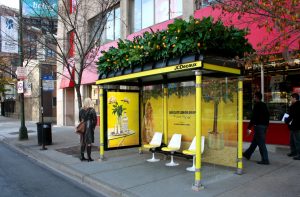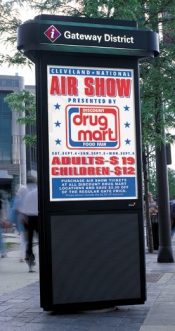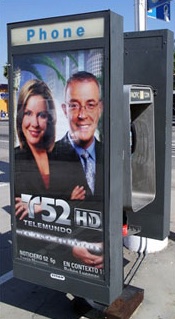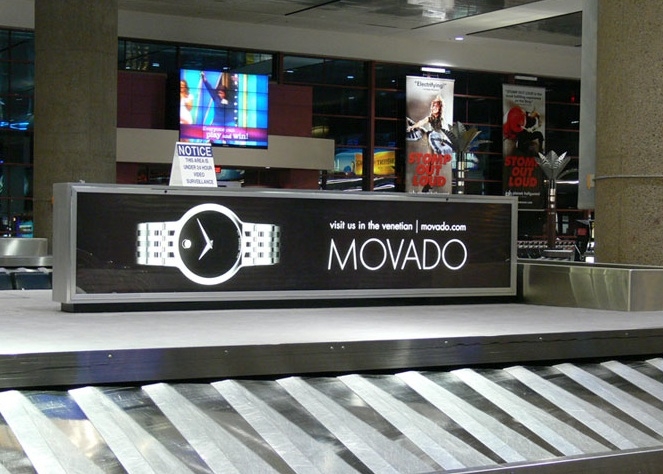 “We pride ourselves on our reputation and our attention to detail. We have excellent relationships with all of our network store owners, and we are the only marketing company that provides 100% proof of performance to clients.”
“We pride ourselves on our reputation and our attention to detail. We have excellent relationships with all of our network store owners, and we are the only marketing company that provides 100% proof of performance to clients.”
– Magdie Capo, MRI’s VP of Communications and Partnerships
DOmedia, the host of the largest database of OOH vendors in the US, is constantly encountering innovative vendors. In our Vendor Spotlight series, we attempt to highlight these companies and explain to you how they are pushing the industry forward. Today we’re focusing on Roots Media Inc., a full-service, non-traditional, place-based media, and experiential marketing company.
Roots Media Inc. delivers dependable placed-based signage opportunities in the top 30 US markets. Since it’s founding in 2014, RMI has built thousands of their venue based locations all across the country. Additionally, Roots Media Inc. provides 100% POP (Point of Purchase) photos of their displays and even runs habitual audits during every campaign to ensure that brands’ messages are being seen daily.
Facilitated by a talented team of installers, auditors, and market managers Roots Media Inc. constantly strives to provide a “level of customer service and integrity that is unmatched” in their industry. When we spoke to Magdie Capo, VP of Communications and Partnerships for Roots Media Inc., she noted how important it is to “bring brands to life in the heart of communities nationwide.” Which is something RMI achieves by consistently “identifying, creating, and maintaining venue-based signage opportunities”.
Roots Media Inc. is moving the OOH industry forward with their intense focus on the principles of “innovation, positive consumer engagement and lifestyle integration,” as well as their profound commitment to “delivering maximum ROI and creating emotional connections within communities.”
If you want to learn more check out Roots Media Inc.’s vendor page here!
Want to be featured on our blog? Fill out our short vendor questionnaire here.













